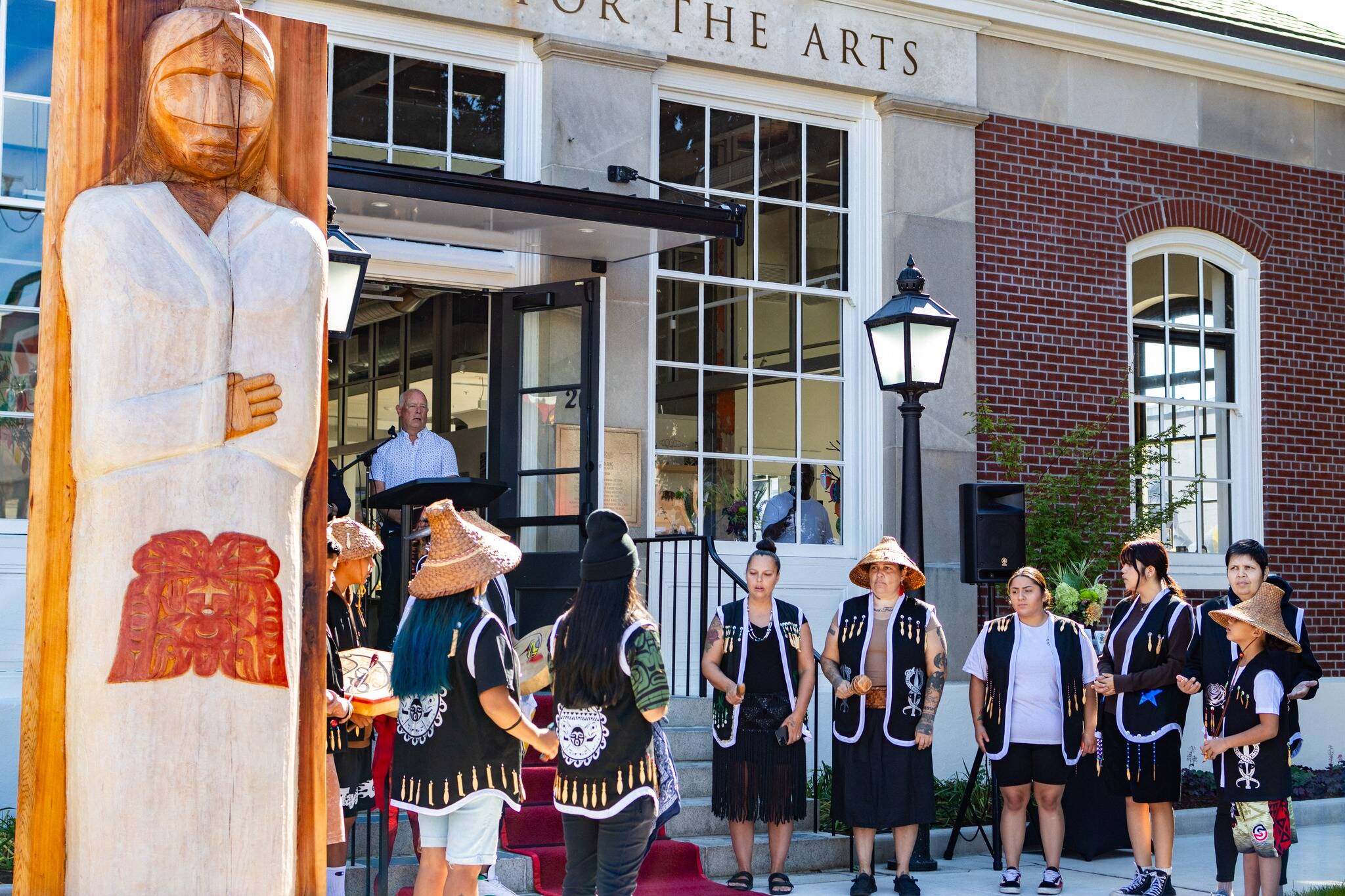Two department heads came to City Hall last Monday evening to lob a relatively new-fangled, state-sprung concept at Auburn City Council members and to sound them out on making it happen in Auburn.
Something called a Creative District, which lawmakers in Olympia created in 2017.
The idea is straightforward: to juice up a designated area of the city to draw people into a whirling hub of visitors, creative entrepreneurs, artists and others, but also to grow jobs and open economic opportunities for everyone via investments in staff, community partnerships and strategic planning.
Think of it as way to attract more of an arts community, with a heaping of all the benefits an arts enclave can bring to a city.
Jeff Tate, director of community development, and Daryl Faber, director of arts, parks and recreation, told the council that the city has not yet designated any such area. A likely candidate would be downtown, given that the city is studying construction of a new theater to replace the one damaged by demolition of the adjacent Max House Apartments building, and last September opened up the Postmark Center for the Arts at the site of the old post office, later King County Health Clinic, on Auburn Avenue.
“I think one of the exciting things about this is we have a lot of the bones in place. We just have to let people know that it’s existing, and go through the process of making it happen, if that’s the direction that the council and the community intend us to go,” said Faber.
“It’s not a a super-complicated thing,” Faber added. “Just like a cherry on top of a good sundae, and I love a good sundae.”
If the city chooses to pursue it, the process would call for community planning team — artists, businesses, arts and culture activity administrators, city, the Auburn Downtown Association, school districts, chamber, community, tourism — to plan the district. It would likely need to be consistent with the Downtown Urban Center (DUC) or a smaller area within the center.
Sixteen Washington cities have already pursued this designation through the Washington Arts Commission, among them: Issaquah, Port Townsend, Anacortes, Edmonds, Everett, Olympia, Twisp, Tenino, Chewelah, Bainbridge, Rainier Valley, Moses Lake, Burien and Newport.
Tate said designating such an area and getting it certified could set the stage to improve or redevelop historic assets, celebrate and strengthen a community’s unique identity, and open opportunities around all income housing, live-work spaces and maker spaces.
Critically, certifying an area as a Creative District could provide technical assistance with marketing it and give the city “potential access to relatively small pots of money … [that can be] impactful pots of money,” he said.
At present the city is updating its comprehensive plan for the next 20 years, and the downtown is a sub-area within it. That plan requires the city to identify jobs and housing opportunities downtown.
“The present sub-area plan was enacted in 2001,” said Tate. “It’s been in place for 23 years, it’s kinda lived its life. Time for an update.”
The Comprehensive Plan has to be completed by the end of 2024, while the certification process could take longer.
ArtsWA offers a comprehensive set of guidelines to help a community through the planning process, including applying certification and submit an application. ArtsWA has described Creative Districts more informally as:
“A fun place to live, work, and visit … a geographically defined area of cultural and economic activity… the heart of a community … a place for people to gather and enjoy their community’s arts and culture … a means to attract more of an arts community with all the benefits an arts community can bring … and creativity can thrive. A place that helps the community move enthusiastically into the future.”



